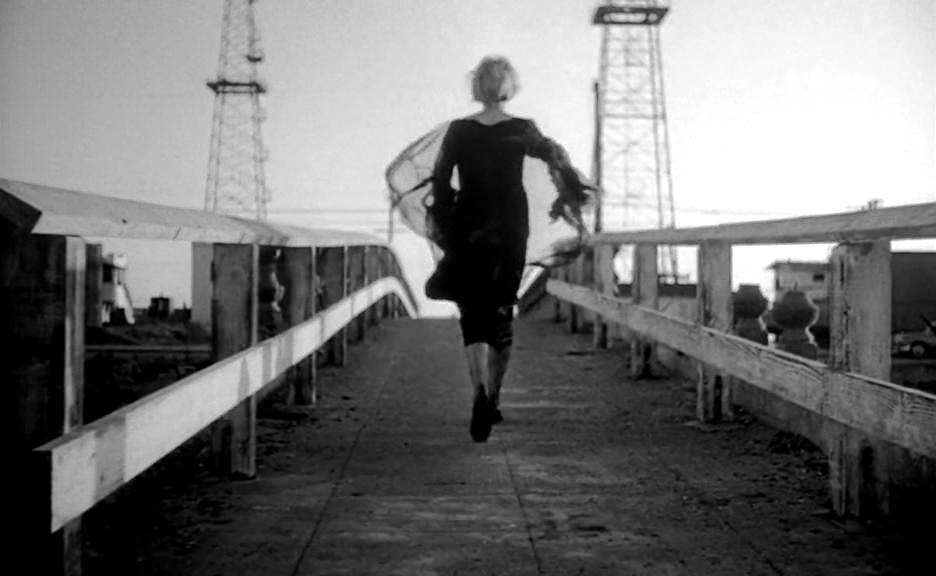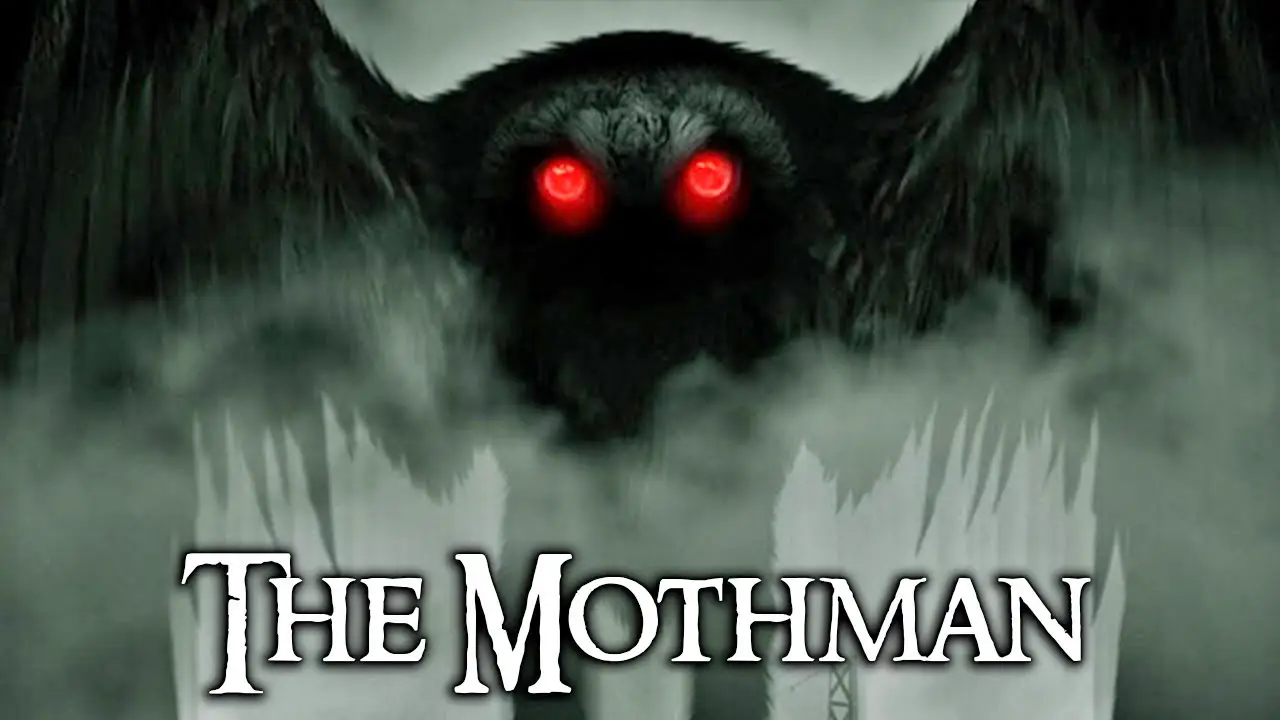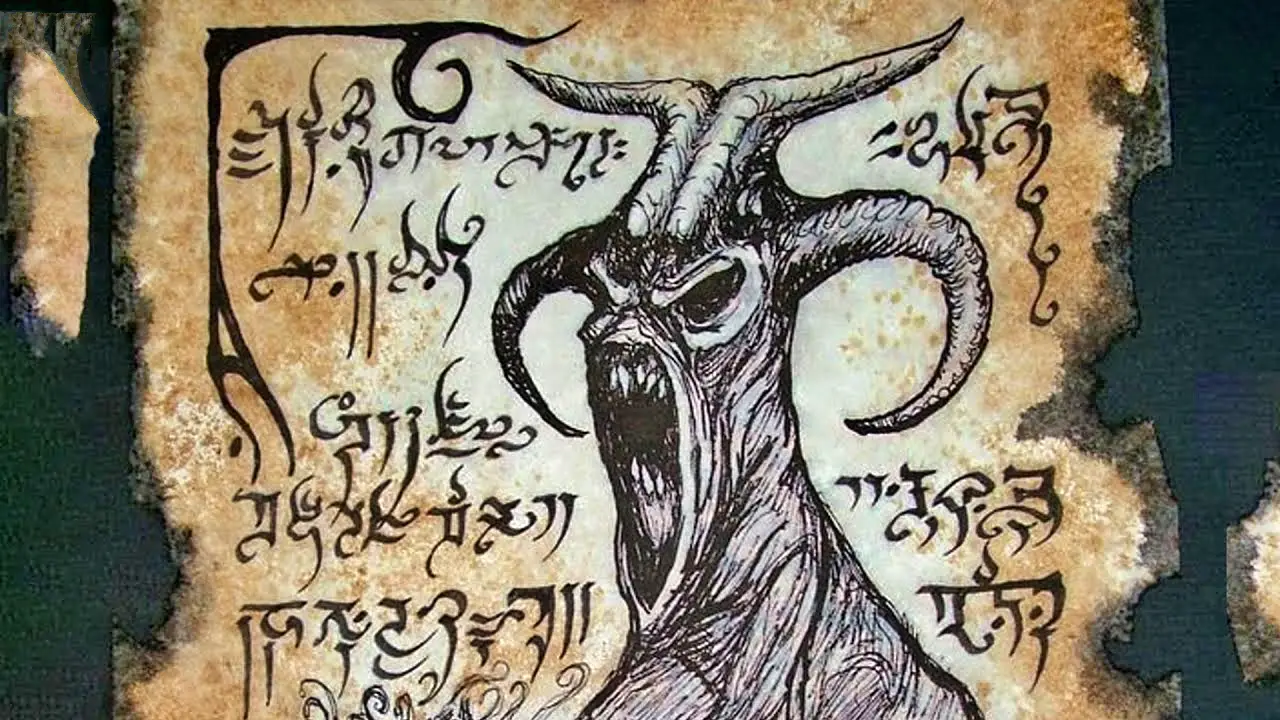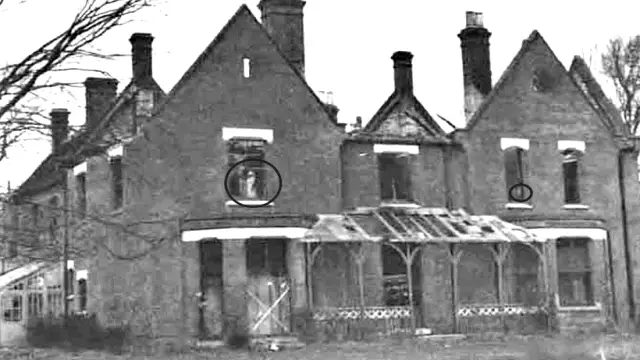
When Dennis Hopper died, I found myself at a loss for words. Hopper’s erratic brilliance had been a part of the landscape for so long it was almost impossible to imagine Hollywood

Essentially a nautical spin on Jacques Tourneur’s Cat People, Night Tide is infused with a quality that, like much of the best low-budget horror, adapts to circumstance to imbue happenstance realism with a carefully wrought stylisation. Similar in its sparse ambience and fetish for decaying public infrastructure, to Herk Harvey’s incidental companion piece, Carnival of Souls (1962), Night Tide is different to that film in its warmer, less moralistic tone, and it also anticipates the texture of George Romero’s Martin (1976), especially in explicitly contrasting the alienated anxieties of youthful characters with a repressive, imposed dread of their inner selves, creating a homicidal impulse in an otherwise innocent protagonist who can’t find any other way out of their obsessions – a cunning metaphor for the way the past is always inescapable when the present is devoid of coherent alternative. Indeed, the work that Harrington did, as one of the first generation of American filmmakers defined by an obsessive film buff background and not spawned by the studio system, helped lay the groundwork for figures like Romero and their movie brat successors. Hopper plays Johnny Drake, a young sailor from the Midwest who, on leave in Los Angeles, visits the Venice waterfront and glimpses, at a jazz nightspot, Mora (Linda Lawson), a solitary, nervous young woman who appears to being pestered by a strange, haughty foreign lady (Marjorie Cameron).


An ingénue in every sense, Johnny’s anxiously forward appeals nonetheless charm Mora sufficiently to bring down her brittle guard, and the couple share a nervous but amicable lunch the following day in her apartment, which is, delightfully, situated in a fun pier pavilion over a merry-go-round. Mora works for her adoptive father, Captain Samuel Murdock (Gavin Muir), posing as a mermaid in a tank as a sideshow attraction. Soon enough, Mora and Johnny fall in love, but Johnny has to contend with the miasma of suspicion and solitude that Mora lives within. He hears from Ellen Sands (Luana Anders, alumnus of Roger Corman and Jack Nicholson, and whom Hopper later gave a role in Easy Rider), the shy, helpful granddaughter to the man who runs the merry-go-round (Tom Dillon), about how Mora’s last two boyfriends were found dead. A friendly but dogged policeman, Lt. Henderson (H.E. West), hovers around the pier, still trying to collect possible clues about those deaths. Murdock, who found Mora as an orphan girl in the Greek Isles, warns Johnny repeatedly that he believes she is descended from the Sirens of ancient legend, and that deep within her nature is a compulsion to lure men and destroy them. That Mora believes this too, wearing away at the fabric of her essentially placid psyche, provokes Johnny to determined but ineffectual efforts to break this absurd chain of thinking.

Harrington had been an experimental filmmaker since his teens in the mid-1940s, and had worked with Kenneth Anger and Maya Deren before becoming an assistant to high-profile producer Jerry Wald. Harrington’s semi-underground background is apparent not only in his visual textures, but also in the relatively authentic evocation it offers of the seamy beauty and tacky magic of Venice’s alt-culture atmosphere. Long since transmuted into one of Los Angeles’ trendiest neighbourhoods, Venice, at the time of this film’s making, was in a transitional phase; once a resort town on the fringes of the city, it had been neglected since being fully annexed by LA in the ‘20s, until the cheapness of the housing attracted immigrants and Beatniks in droves. This sub-cultural enclave mixed with the remnants of the two-bit carnival culture that had once been the town’s characteristic, and the faux-Italianate architecture studded with opportunistic oil drilling equipment, all condense to create an odd, more than faintly surreal atmosphere. Harrington latched onto this quality with an inspiration similar to what Orson Welles’ Touch of Evil wrought with the same location. The charmingly batty fortune teller Madame Romanovitch (Marjorie Eaton), one of the waterfront denizens of Night Tide, who tries to warn Johnny about ill-omens in his future, is worth comparing to the equally bogus figure Marlene Dietrich played in Touch of Evil in paying tribute to the delight inherent in such dubious mysticism: whilst Dietrich’s character is all lazy-eyed, exotic sexuality and Eaton’s is a chipper, tea-swilling bohemian, both present the notion that their flagrantly inauthentic magic contains something ever so teasingly real.

A strong scent of the surrealist interest in the dream-scape blending of sex and death, which Anger in particular had delighted in and which Harrington presents more circumspectly, is apparent throughout. The figuration of Mora as a cursed destroyer of men with a unique awareness of the natural world – she can coax seagulls into her arms and claims to hear the denizens of the ocean calling to her – finds visual similes as her sideshow job requires her to lie in serene stasis, supposedly submerged, combing her long flowing hair, which later seems to transform into the entrapping tentacles of a great octopus. Interestingly, this anxiety turns out to be a self-perpetuating myth imposed by a patriarchal figure to frighten Mora into remaining close to him and to warn paramours away, unless they can’t be, demanding more brutal measures.

Johnny, like any knight-errant out of myth, is defined by his simultaneous purity and drive to penetrate the mysterious female at all costs. The story, adapted without credit from Harrington’s own writing, “Call of the Sea”, pays tribute to Val Lewton’s films not only in atmosphere and psychological tone but also in a careful humanist theme, with the eclectic swirl of weird but decent characters who Johnny encounters, essentially adopting the young man, and the evoked fragility of the psyche and the innocence of young people: small acts of kindness and cruelty count for a lot in this landscape. The villainy, which proves to stem from a distinctly earthly and immediate source, stems from a desperate desire to not be abandoned, but finally creates a situation that destroys exactly what it seeks to control. Harrington’s queer sexuality offers a constant undercurrent, mediated and universalised through the threat of the younger man to the older in stealing away his object of adoration, and the dogged threat of total abandonment that haunts all.

Mora, with her delight in trance-like, almost incantatory dancing, her own pagan paranoia finding temporary shelter within the sensual, life-loving undercurrents in the bohemian nightlife, fits in well with the Beat scene and in one sequence joins a beachfront happening and dances for them until catching a glimpse of the mystery woman, a taunting memento mori, freaks her out. In many regards it’s barely a horror movie at all, but more of a portrait in eerie disquiet and forlorn romanticism, but Harrington constructs that mood with a deft hand, particularly in a lengthy sequence in which Johnny tracks the mystery woman from the waterfront to a run-down house, which proves to belong to Captain Murdock. Images as eye-catching as the woman’s black lace dress swirling in the wind as she traverses a landscape of wooden canal bridges and oil derricks, slums of whitewashed walls, unnervingly self-motivated rocking chairs, and fearful, unspeaking children, transforms an everyday landscape into something perversely exotic. Harrington delights in compositions encompassing crude artworks painted on fairground walls and sprawling, intricate wallpaper patterns, carved motifs on furniture, and the run-down faux-Italianate charms of the setting, all charged with a sense of awareness of the charm in seemingly the most casually noted and ephemeral expressions of artistic expression and a need for wonder, both presented as a basic, binding aspect of the human story. The bric-a-brac scattered around Murdock and Mora’s homes are keepsakes of lives lived in both roaming interest and biting solitude, filled with signifiers of another demi-world that haunts them at night, the call of the sea and ports beyond. The world under Harrington’s eye is a place constantly defined and redefined by the finite delights of the human eye and soul at war with an entropic power eating away at the edges of this city by the sea.

The most striking scene is one in which Johnny, becoming discernibly paranoid and credulous with the small, bizarre facts piling up about him, waits for Mora to come out of her bathrobe, falls asleep, and dreams of her embracing her, having transformed into her mermaid guise, and then into an octopus that folds him a deadly embrace. Awakening with a scream from his nightmare, he finds Mora missing, and tracks her down below the pier where she stands in the surf, gripped by hysteria in believing her seaborne sisters are calling for her. Her later attempt to kill Johnny when they go scuba diving is a failure, and she swims away to die by drowning, only for Johnny to later find her body returned to the tank and kept on display by Murdock, who tries to kill Johnny, resulting instead in Mora’s pathetic corpse spilt from the tank to lie at the feet of both men who contended for her possession.

A postscript scene sees Murdock confess to inventing the whole siren story to keep Mora under his control and having killed her previous boyfriends, is reminiscent of the deflating tone of the psychiatrist’s explanation in Psycho (1960). Like that scene, this one lets in the cleansing light of rationalism whilst still leaving the identity of the mystery woman unclear, contriving to retain an ever so slight note of lingering, oneiric threat, as if Harrington was paying heed to fashion but still giving a hint as to his truest faith. Romantic tragedy is leavened slightly by the promise Johnny faces a future with Ellen. Night Tide is partly hampered by moments with a hasty, ramshackle air, resulting in some sticky pacing and wooden acting in places. But it also has an elusive undercurrent of poetry and a homespun charm that makes it a marvellous little journey into the underworld. The film proved a calling-card for Harrington, but in spite of subsequent works that, like this, became objects of fervent cult admiration, like Queen of Blood (1966), Games (1967) and What’s The Matter With Helen? (1971), his movie career faltered and he settled into directing television before his death in 2007. What remains of his gifts for us are a string of brilliant flashes, ever-tantalising.




















